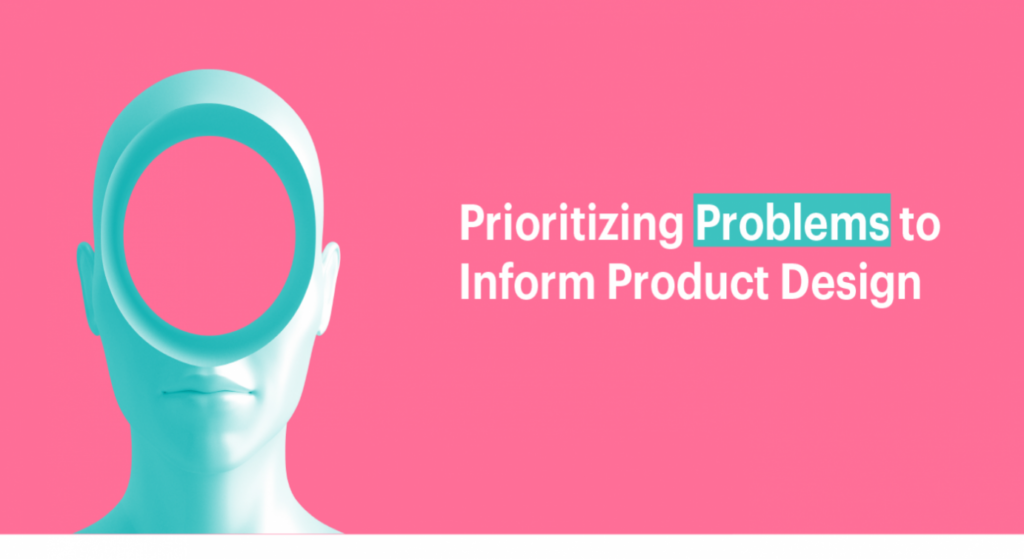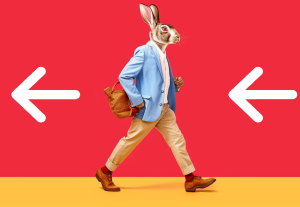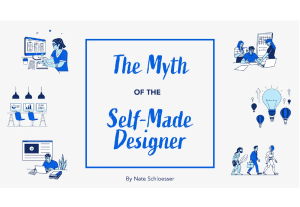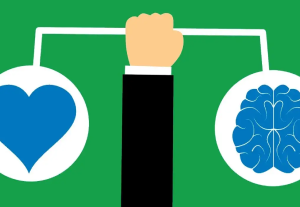Unveiling the Influence of Cognitive Biases on Design Decision-Making
- The article explores the influence of cognitive biases on design decision-making, outlining various types of biases and offering strategies for mitigating their impact to foster inclusivity and objectivity in design processes.
Share:Unveiling the Influence of Cognitive Biases on Design Decision-Making
Share this link
- February 27, 2024
6 min read








